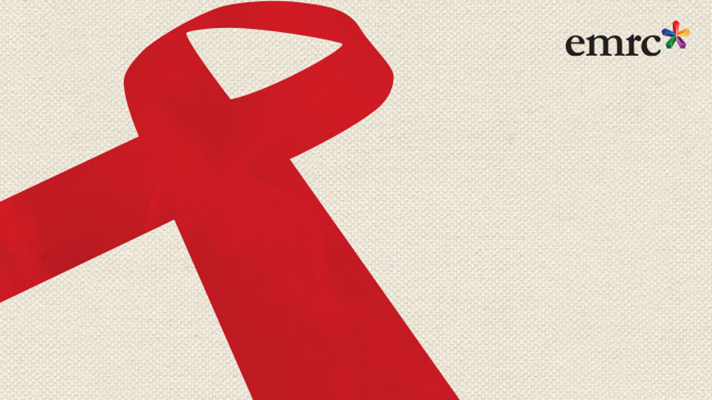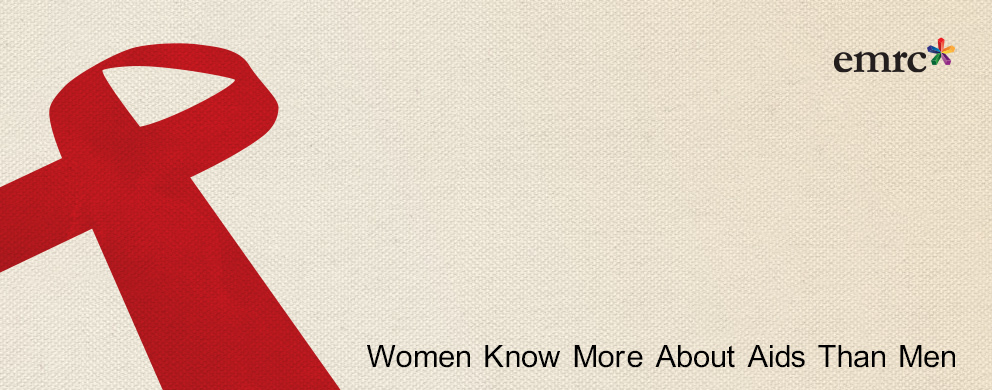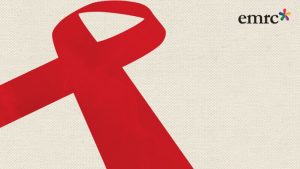
Women Know More About Aids Than Men
It is enough to talk about the HIV virus in a gathering. As soon as people hear about the virus, they start to comment about it and give recommendations on the ways it is transmitted. Most of the time, their comments are not reliable. Emrooz Marketing Research Company (EMRC) in December 2018, on the occasion of the World AIDS Day, conducted a research study on the extent of people’s awareness in the society about AIDS. The data were collected through an online questionnaire and more than 900 people participated in the study. What follows is the information gathered as a result of the research study.
Misconceptions about AIDS
The research study included 11 four-choice questions about general information with regard to AIDS. In some of the questions, the number of people who had chosen one of the wrong answers was more than those who flagged the right option! We will examine a number of such questions below: the belief that “if a pregnant mother becomes infected with the HIV virus, the fetus will certainly be born with the virus” is false, but 57% of the respondents thought it was correct.
In another case, the best time for HIV diagnosis test is 3 to 6 months after a person realizes that he might be infected. 28% of the respondents were aware of this issue while 36% believed that this time is 2 to 4 weeks after it is noticed, and 34% believed that the best time to test was immediately after it was discovered.
Interestingly, although healthcare activists in recent years have provided the people with information about AIDS in a variety of ways, it seems that the information has not been well received by the people and thus more efforts are needed to be made in this field. Therefore, the way to transmit the message about AIDS, which is increasing these days, should be changed.
Extent of Awareness about Number of People Infected with HIV
At present, 37 million people in the world are infected with HIV, and Swaziland, a country in south of Africa, is host to nearly 27 percent of those infected. The rest are living in other countries, including Iran. According to the scientific secretary of the International AIDS Congress in Iran, the number of people infected with AIDS in the country is estimated at above 66,000. But a small percentage of the Iranians attach importance to AIDS and are aware of it.
In the recent study, 88% of the people were not aware of the number of people infected with HIV in the world or had no correct knowledge about it. In response to the question How many people do you think are infected with HIV in the world?” 65 percent said they did not know, and out of the remaining 35 percent, only 12 percent gave the correct answer.
What People Think about AIDS
The best way to become aware of the people’s beliefs and information about AIDS is to ask them questions. In this way the audience by gaining access to the correct answers, would notice their wrong beliefs. In this research, the participants answered a variety of questions about AIDS and interesting results were gained.
Almost all the respondents are aware of the ways HIV virus is transmitted and they know well that unprotected sex and use of infected syringes are the means of transmission of the virus. However, 80% of the respondents also wrongly believe that one way for HIV transmission is the mosquito bite or do not know the reason why mosquitoes do not transmit the virus. In addition, only 28% of the people are aware of the best time to test for the diagnosis. This time is 3 to 6 months from the time that the person finds out he might be infected.
Study recommendation: Cooperation between EMRC and the Faculty of Management, Amir Kabir University of Technology, at TGi Instrumentation Workshop
Women to Men Ratio on Correct Answers
In the recent research work on beliefs about AIDS, a significant difference is being noticed between the percentage of men and women who have chosen the correct option.
For example, in response to this question that if the pregnant mother is infected with the HIV virus, her child would also be born with the same virus (the answer is no), 48% of women and 38% of men have given the correct answer.
Or in response to this question: What item is being used to show support for the infected people on the World AIDS Day (the answer is red ribbon), 81% of women and 74% of men have responded correctly.
Extent of Awareness Based on Different Demographic Characteristics
In this research, depending on the options selected by the participants, at the end of the questionnaire, a numerical score of 0 to 100 has been considered for each person. The score is a criterion for the degree of awareness of the respondents. The average score of the research community was 58.5. This score points to a relatively low level of awareness of the society about AIDS.
According to the calculated scores for different groups, women have more knowledge about HIV virus than men. Meanwhile, people aged 25 to 34 years have more information about AIDS than the rest of the age groups. On the other hand, residents of the city of Tehran with a slight percentage difference have shown more awareness about AIDS than other cities.
In general, conducting different research studies, in addition to increasing the awareness of the people about various diseases, will also facilitate implementation of effective advertising campaigns. The statistics presented in this study indicate that the general awareness of the public about AIDS should be increased. This increase in the awareness will have very positive effects in the society.




